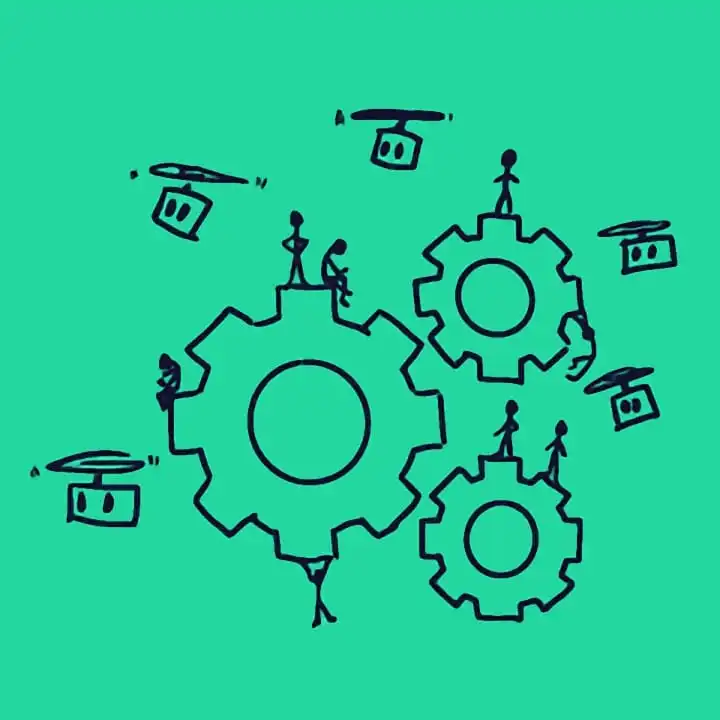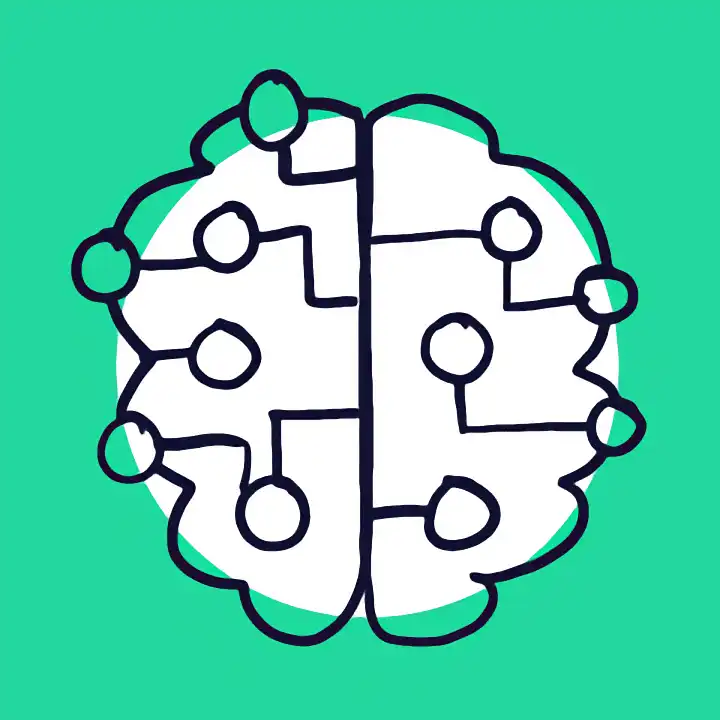By now, we’ve all heard of this sexy new thing known as Machine Learning (ML), especially as our computers, not to mention our smartphones, become increasingly powerful and continue to use it in more ways than ever before.
Beyond the core idea of ML, that machines can learn from data and through experience, what exactly is this game-changing technology capable of? Even more importantly, what are its limitations? It’s often easy to get caught up in the hype and confuse the capabilities of machine learning with other technologies, including Robotic Process Automation (RPA).
What is Robotic Process Automation?
To put it simply, RPA allows anyone to configure a software ‘robot’ in an attempt to emulate and integrate the actions of a human within digital systems, particularly for the execution of business processes. As you might appreciate, there is a lot of manual labour that exists in many businesses that is ripe for automation. Ultimately, the goal of RPA is not only to increase efficiency, but also reduce the margin for human-related errors. However, when it comes to building more intelligent systems with human-like perception and prediction abilities, we can start looking towards artificially intelligent solutions. And no, this doesn’t include Skynet!
Supercharging RPA with AI
The broader field of Artificial Intelligence (AI) is concerned with designing rational agents that can interact within various environments. Whilst RPA is suited to automating repetitive processes, AI can be effectively used to ‘supercharge’ this technology, bridging intelligence gaps at which RPA falls short.
Consider the example of a business that is sent electronic invoices from its suppliers over email. From here, an employee might need to download and save the invoices to a folder, extract the information from the invoices themselves, before creating any bills as necessary in their accounting software.
In the example above, RPA would be suitable for retrieving the emails, downloading invoice attachments to a pre-defined folder, as well as creating the respective bills in their accounting software. However, AI would need to be utilised in order to read the invoices themselves and extract the relevant information, particularly as this is unstructured or semi-structured data at best (as the format of invoices may differ between suppliers). Whilst it is practically impossible for an explicitly-programmed RPA tool to extract such information, AI can be used to design an agent to interpret the data just as a human would.
Where does Machine Learning come in?
I’m sure you’re familiar with the term ‘big data’, and perhaps its power to provide businesses with valuable insights into a range of areas. With an exponential rise in the amount of data at our disposal, it became necessary to develop technologies that could harness the power of computers to process and interpret information at scale.
Machine Learning is a specific application of AI that enables systems to learn from data for decision-making purposes, without needing to be explicitly programmed. It powers many services that we use today, from voice assistants like Siri and Alexa, to recommendation systems in the likes of Netflix and Spotify.
When it comes to RPA, Machine Learning represents yet another tool we can use to improve its capabilities, such as classification and prediction tasks. Taking our previous example, we could introduce ML to automatically classify any invoices received by the business according to their priority, based on some form of historical data collected.
Whilst each of the aforementioned technologies are unique in their capabilities, their true power lies in how they are used to address specific use cases in any business.




